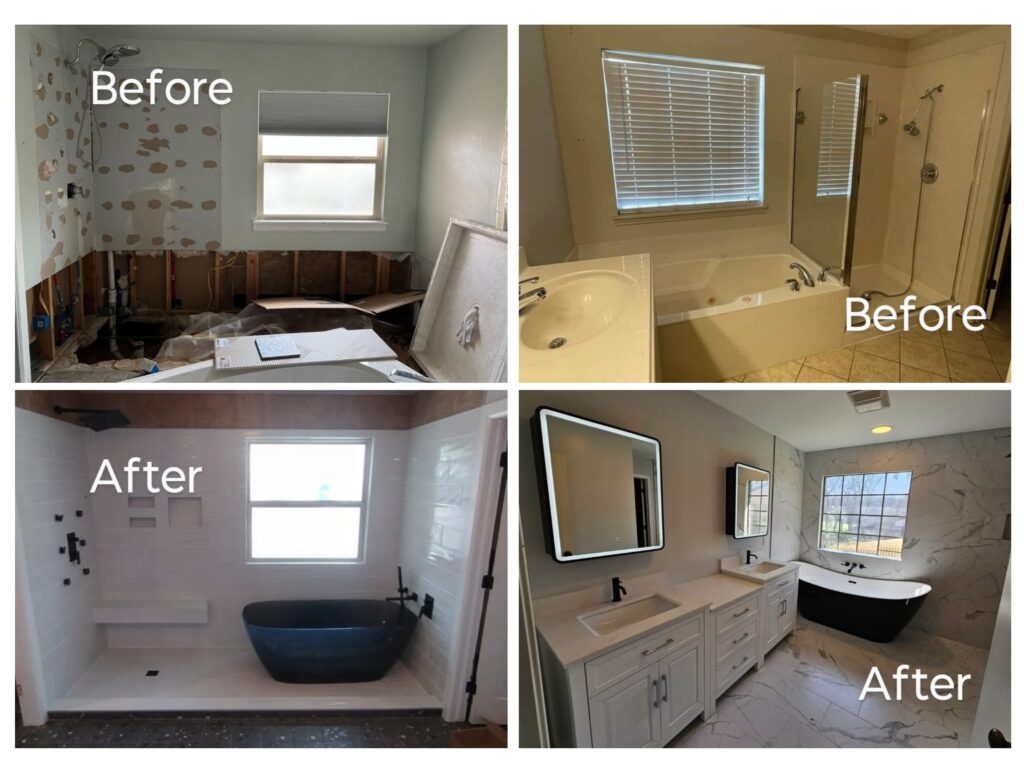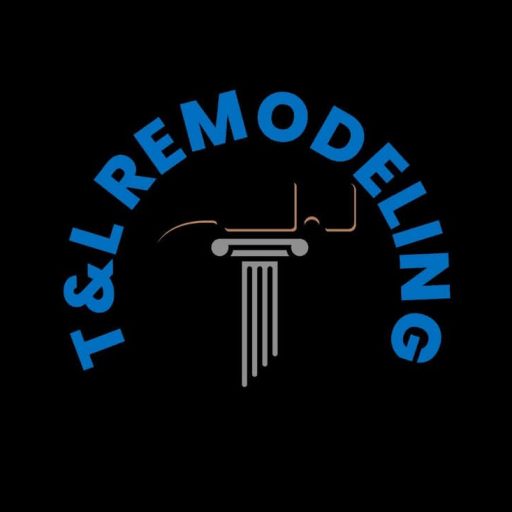
Whether you’re updating an outdated space, increasing your home’s value, or simply creating a more functional and relaxing retreat, remodeling a bathroom can be an exciting project. However, it can also be overwhelming if you’re unsure where to start. To help you navigate the process, here’s a comprehensive step-by-step guide to remodeling your bathroom.
Step 1: Define Your Goals
Before you dive into the design and demolition stages, it’s important to establish your goals. What do you want to achieve with your bathroom remodel? Some common reasons include:
- Updating the aesthetic: If your bathroom looks outdated, a fresh design can make it feel more modern and appealing.
- Improving functionality: You might need more storage, a larger shower, or better lighting.
- Increasing home value: A well-done remodel can significantly boost your home’s resale value.
- Understanding your objectives will guide your decisions and budget.
Step 2: Set a Budget
Bathroom remodels can vary in cost depending on the scope of work, materials, and labor involved. It’s crucial to set a realistic budget from the start to prevent overspending. Here are some things to consider:
- DIY vs. Hiring a Professional: DIY work can save on labor costs, but more complex tasks (like plumbing and electrical work) will require licensed professionals.
- Materials: High-end materials like marble and custom cabinetry will drive costs up, while more budget-friendly options (such as ceramic tiles and prefab vanities) can help reduce expenses.
- Unexpected Costs: It’s wise to set aside a contingency fund for unexpected surprises, such as hidden water damage or structural issues.
Step 3: Design the Layout
The layout of your bathroom should prioritize both functionality and style. Consider the following:
- Space Planning: Make sure there’s enough room to move around comfortably. Keep essential elements like the toilet, sink, and shower/tub accessible but not cramped.
- Storage: Think about storage solutions such as shelves, cabinets, or built-in niches. Adding more storage can make a small bathroom feel more organized and spacious.
- Lighting: Lighting is key in a bathroom. Incorporate a mix of ambient, task, and accent lighting. Overhead lights, task lights near the mirror, and decorative sconces or accent lighting can create a well-lit and inviting atmosphere.
- Ventilation: Proper ventilation is crucial to avoid mold and mildew. Consider adding or upgrading your exhaust fan to keep humidity under control.
Step 4: Choose Materials and Fixtures
Selecting the right materials and fixtures is one of the most exciting parts of remodeling. When choosing your finishes, consider:
- Tiles: Ceramic, porcelain, and stone tiles are popular options for bathroom floors and walls. Choose something that complements your design style and is durable enough for a wet environment.
- Vanity: The vanity should be both functional and stylish. Opt for one with enough storage space and a countertop material that’s easy to maintain (such as granite or quartz).
- Shower/Tub: Whether you’re opting for a walk-in shower, freestanding tub, or combination, choose a setup that works for your space and lifestyle. Consider adding features like a rainfall showerhead, built-in shelves, or a bathtub with jets for a spa-like experience.
- Plumbing Fixtures: Faucets, showerheads, and toilets come in various styles and finishes. Choose fixtures that align with your overall design and provide the functionality you need.
- Lighting Fixtures: Choose lighting fixtures that match your bathroom’s style while providing proper illumination for grooming tasks.
Step 5: Hire Professionals (If Needed)
If your bathroom remodel involves any major plumbing, electrical, or structural work, you’ll need to hire licensed professionals. Here’s a list of potential pros you may need:
- Plumber: For tasks such as installing new plumbing lines, moving the toilet, or adding new fixtures.
- Electrician: If you’re updating the lighting, installing heated floors, or changing electrical outlets.
- Contractor: A general contractor can oversee the project, managing timelines and coordinating various subcontractors. This is where T&L Remodeling can help you. We handle the majority of the work ourselves and handle any outside subcontractors for you.
- Designer: If you’re unsure about layout, color schemes, or materials, a designer can help bring your vision to life.
Make sure to check reviews, verify credentials, and ask for references before hiring.
Step 6: Tear Down and Prep the Space
Once the design is in place and the professionals are lined up, it’s time to tear down the old bathroom. Here’s a checklist for this phase:
- Demolition: Remove outdated fixtures, tiles, and cabinetry.
- Prep the Surfaces: Ensure the walls, floors, and plumbing are ready for new materials. This may include patching up drywall, sanding surfaces, or redoing plumbing lines.
- Flooring: If you’re installing new flooring, it’s often easiest to do so before setting in your other fixtures.
Step 7: Install New Features
Now comes the exciting part – installing your new bathroom features! Depending on the scope of your project, this may involve:
- Tiling the Floors and Walls
- Installing Vanities, Sinks, and Faucets
- Adding Lighting Fixtures
- Setting Up the Shower or Tub
- Installing New Plumbing Fixtures
The order in which things are installed is crucial. For example, you’ll need to install the floor tiles before adding your vanities or other fixtures. If you’ve hired a contractor, they’ll coordinate the installation timeline for you.
Step 8: Finishing Touches
Once the main installations are complete, it’s time to focus on the finishing details:
- Paint: Add a fresh coat of paint to the walls for a clean, polished look.
- Accessories: Incorporate accessories like towels, rugs, shower curtains, and wall art to make the space feel welcoming.
- Storage Solutions: Organize toiletries with stylish baskets, shelves, and medicine cabinets.
- Final Cleaning: Make sure to clean the space thoroughly before using it. This includes wiping down surfaces, cleaning grout lines, and removing any dust or debris left over from construction.
Step 9: Enjoy Your New Bathroom!
Once everything is complete, it’s time to relax and enjoy your newly remodeled bathroom. Whether you created a spa retreat or a more functional family bathroom, revel in the beauty and convenience of your new space.
Tips for Success:
- Don’t rush the planning phase: A solid plan can save you time and money in the long run.
- Prioritize functionality: Make sure the space works for your lifestyle and needs.
- Consider resale value: If you plan to sell your home in the future, make sure your remodel will appeal to a wide range of buyers.
- Be realistic with your timeline: Bathroom remodels can take time, especially if you’re doing some of the work yourself. Be patient and enjoy the process.
Remodeling a bathroom can be a complex but rewarding task. By planning carefully, setting a budget, and following these steps, you can create a bathroom that’s both beautiful and functional for years to come.
